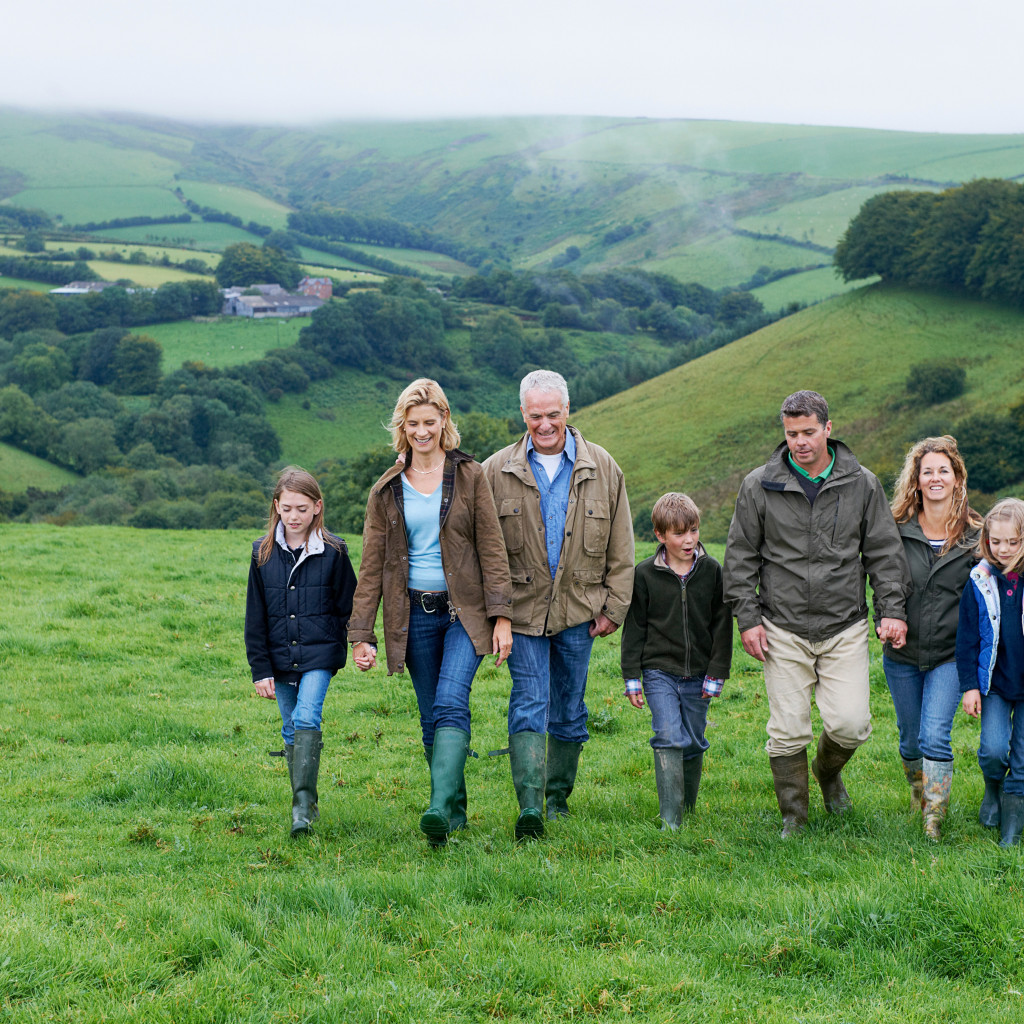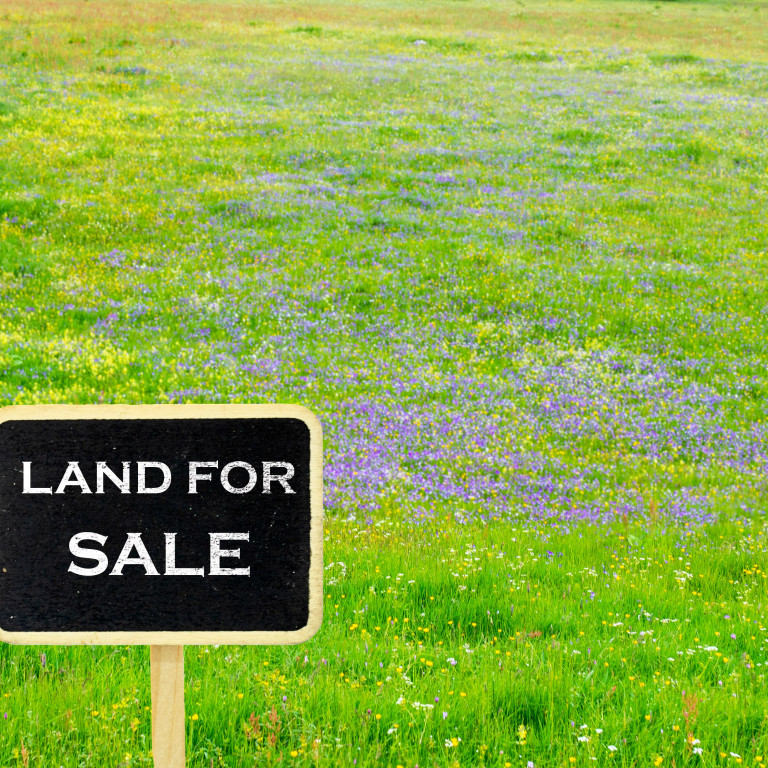The recent changes to Business and Agricultural Reliefs from Inheritance Tax announced in Wednesday's Autumn Budget have certainly grabbed headlines with many farmers anxious about what this means for their family farms. Based on these headlines, it is easy to be swept along with the notion that the changes are all doom and gloom, but here at Tozers, we have taken a moment to pause and consider how the proposed changes might actually play for our clients in practical terms.
What has changed?
Two main changes to Inheritance Tax reliefs have been announced which will directly affect the estates of farmers from 6 April 2026. These are:
• Introducing a £1,000,000 cap on an estate’s ability to attract 100% relief from Inheritance Tax on qualifying business and agricultural property.
• Reducing the relief available above this amount by 50%, so that the combined value of qualifying business and agricultural property above the first £1,000,000 will attract Inheritance Tax at a rate of 20%
This represents a significant departure from current rules. Until now, it has been the case that business and agricultural property can, when meeting certain conditions, attract Inheritance Tax relief at a rate of 100% or 50% with no upper limit on the value of an estate which can be relieved in this way.
Generally, in the case of Agricultural Relief, the current rules allowed 100% relief to be claimed on the agricultural value of land and buildings where they have been owned by an individual and farmed in hand for a period of at least two years, or where it has been owned but farmed by someone else (e.g. a tenant) for at least seven years. The 50% rate of relief is available in limited circumstances, such as where the land is owned by an individual and it is occupied by another under certain old-style tenancies.
Business Relief has been available at 100% on qualifying business property held by an individual as a sole-trader, on partnership interests, and for unquoted shares in a qualifying business. Business Relief at 50% has been available on land, buildings and plant and machinery which are owned by an individual and used by or for their business.
In many cases, these two reliefs work in tandem to relieve the entire value of a farm, including land, livestock, buildings, plant and machinery, from Inheritance Tax. The new rules limit the generosity of these reliefs.
Does this mean that all farms worth more than £1,000,000 will now attract Inheritance Tax?
Not exactly. This is the question which seems to be attracting headlines, but the new rules in most cases will not operate quite that onerously.
It is worth remembering that this cap is available per individual. This means that where a couple are farming together, each of their estates can leave business and agricultural assets of up to £1,000,000 before the rate of relief is reduced, thereby doubling the value which they can leave to their successors before any Inheritance Tax is due. It is also the case that any agricultural or business property which currently qualifies for the 50% rate of relief will not eat up any part of the £1,000,000 allowance.
In addition to this, the budget did not make any changes to the tax-free allowance of £325,000 or the residence allowance. This means that in addition to the £2,000,000 combined business and agricultural assets a couple can leave, they should in most circumstances have an additional £325,000 which they can each leave tax-free, taking the value which can be left before Inheritance Tax is payable to £2,650,000.
In some circumstances, they may also be able to take advantage of the residence allowance (currently £175,000 per individual) if a main home is being left to direct descendants. However, as this allowance is tapered once an estate reaches a value of £2,000,000, it will have a more limited application and benefit.
That said, where farmers have effective planning in place (and assuming they can meet the necessary conditions), it would be perfectly possible to structure things so that farms owned by couples and worth up to £3,000,000 could still be completely sheltered from Inheritance Tax.
Any business or agricultural assets that exceed this value still benefit from a 50% relief from Inheritance Tax. This means that for every £100,000 by which the value of an estate’s qualifying agricultural and business assets exceed the tax-free thresholds, Inheritance Tax of £20,000 (rather than £40,000) would be due. Whilst this is certainly less favourable than the current rules, it is perhaps less catastrophic than some of the headlines would have farmers believe, particularly as it appears that there are likely to be further mitigation opportunities when plans are made and implemented over a longer period of time, starting during a farmer’s lifetime.
So do farmers need to make any immediate changes?
Every person’s situation is unique, so the benefit of seeking advice tailored to your own circumstances cannot be underestimated. The overriding message is really that the rule changes make planning ahead more important than ever. The £1,000,000 threshold is available per individual but is not going to be transferable between spouses and civil partners, meaning couples will need to structure things carefully to avoid the full benefit of these reliefs being lost unintentionally.
How can Tozers help?
The Tozers Succession Planning team are keeping a close eye on the changes in regulations as a result of the Autumn Budget and will provide updates as we know more about how this will impact individual circumstances. If you have any concerns about your succession plans please do not hesitate to get in touch with one of our experts.





